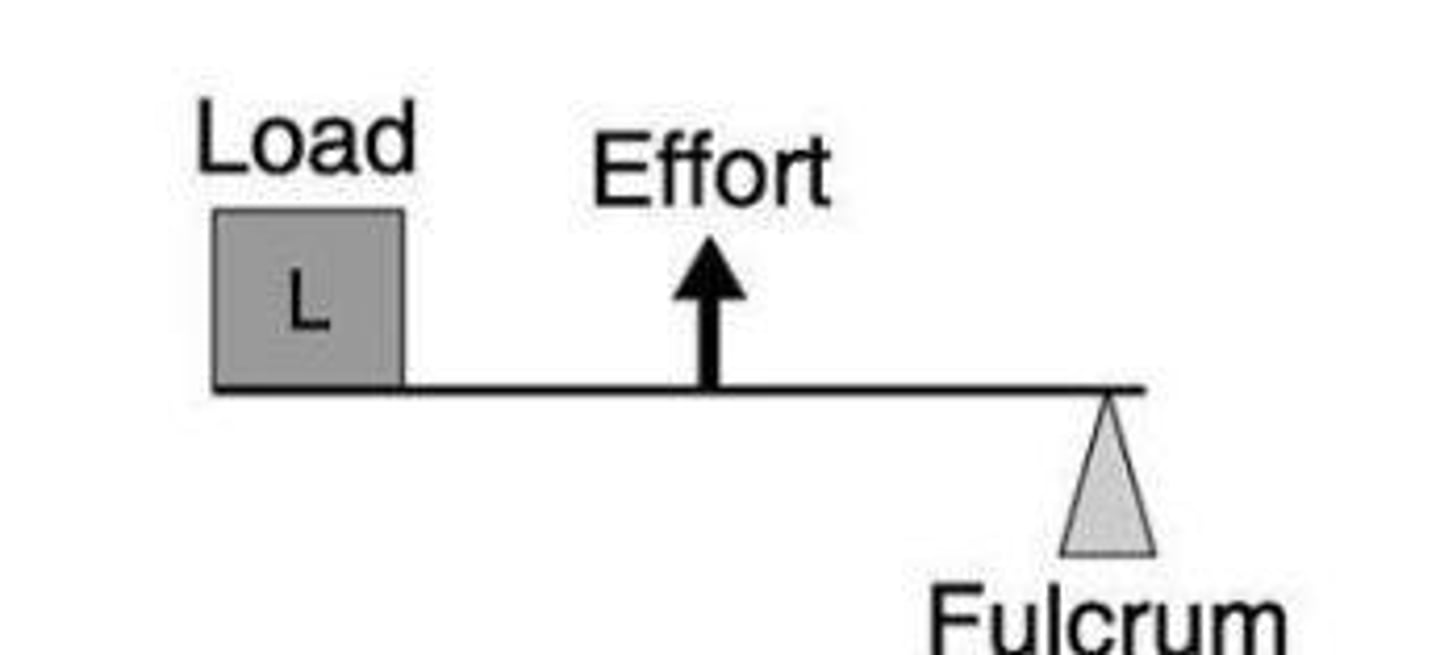Comparative Anatomy and Tissue Functions
1/43
There's no tags or description
Looks like no tags are added yet.
Name | Mastery | Learn | Test | Matching | Spaced |
|---|
No study sessions yet.
44 Terms
Flat Bone
Thin, flat structure providing protection and support.
Short Bone
Cube-shaped bone providing stability and support.
Tarsals
Ankle bones; support weight and movement.
Carpals
Wrist bones; facilitate hand movement.
Functions of Epithelial Tissue
Protection, absorption, secretion, sensation.
Ventral Body Cavity
Contains thoracic and abdominopelvic cavities.
Cilia
Short, hair-like structures for movement.
Flagella
Long, whip-like structures for propulsion.
Muscle Contraction Sequence
Nerve impulse triggers calcium release, muscle fibers contract.

Masseter Muscle
Primary muscle for chewing and jaw movement.
Muscle Cells
Known as myocytes; consist of actin and myosin.
Sarcomeres
Basic contractile units in striated muscle.
Epiphyseal Plate
Growth plate allowing bone lengthening during development.
Osteocyte
Mature bone cell maintaining bone tissue.
Bone Remodeling Hormone
Calcitonin regulates bone density and calcium levels.
Red Bone Marrow
Site of blood cell production in bones.
Yellow Bone Marrow
Fatty tissue; stores energy and fat.
Compact Bone
Dense bone tissue providing strength and structure.
Hyaline Cartilage
Smooth tissue reducing friction at joints.
Minerals in Bone
Calcium and phosphorus stored for strength.
Functions of Skin
Protection, sensation, thermoregulation, vitamin D synthesis.
Eccrine Glands
Sweat glands regulating body temperature.
Thin Skin Layer
Stratum lucidum is absent in thin skin.
Nail Production Site
Nail matrix produces new nail cells.
Root Hair Plexus Function
Detects hair movement and pressure.
Areolar Tissue
Loose connective tissue providing support and elasticity.
Hypodermis Structure
Subcutaneous layer; insulates and anchors skin.
Parasagittal Plane
Divides body into unequal left and right parts.
Anatomical Position
Standard body position for reference in anatomy.
Dorsal Body Cavity
Contains the brain and spinal cord.
Cellular Transport Types
Includes diffusion, osmosis, active transport, etc.
Antebrachial Region
Refers to the forearm area.
Second Messenger Role
Amplifies signals in cellular communication pathways.
Heart vs Lungs Cavity
Pericardial cavity for heart; pleural for lungs.
Ball and Socket Joint
Allows multi-directional movement; example: shoulder.
Thumb Joint
Saddle joint enabling opposable thumb movement.
Vertebral Column Regions
Cervical, thoracic, lumbar, sacral, coccygeal.
Elevation vs Circumduction
Elevation raises body parts; circumduction circular movement.
Pronation
Rotating forearm to face downwards.
Abduction
Movement away from the body's midline.
Adduction
Movement towards the body's midline.
Supination
Rotating forearm to face upwards.
Joint Classifications
Synarthroses: immovable; Amphiarthrosis: slightly movable; Diarthrosis: freely movable.
Syndesmosis
Joint connected by ligaments allowing slight movement.